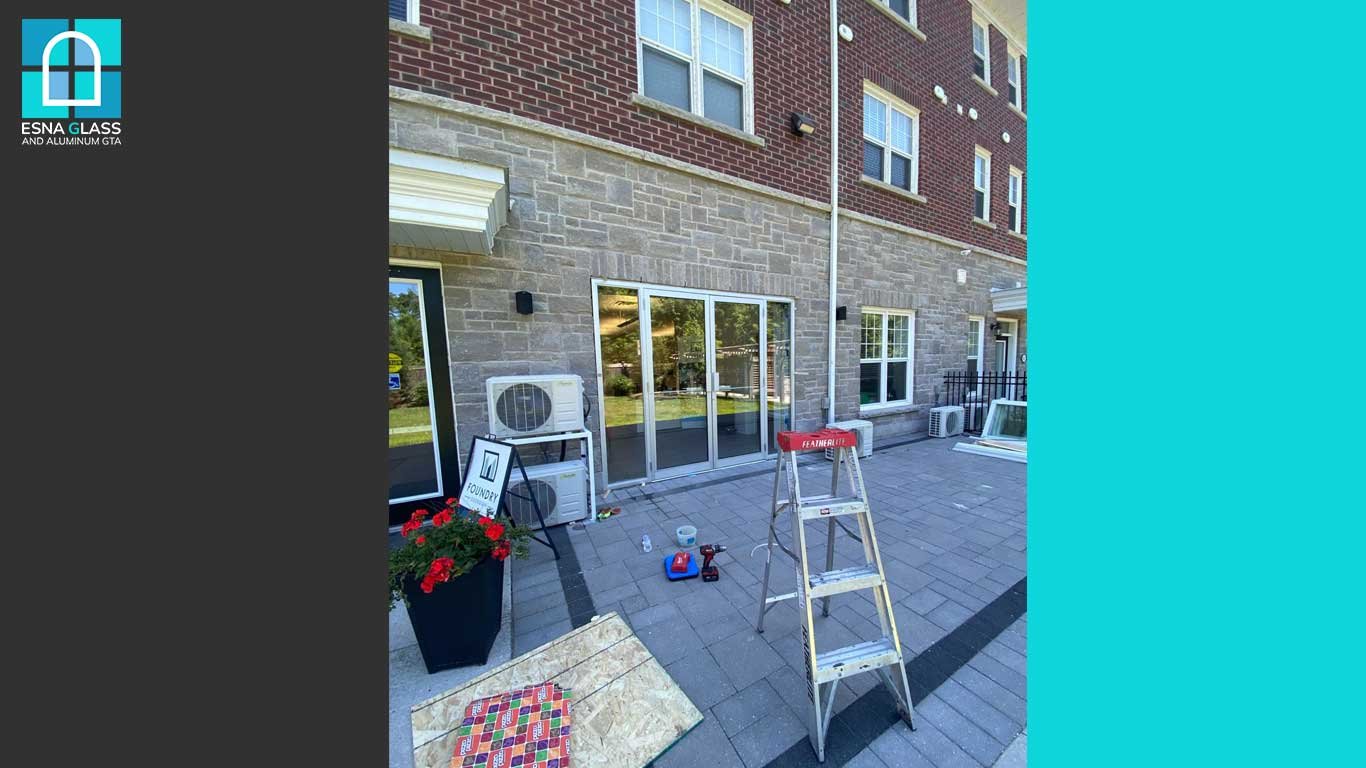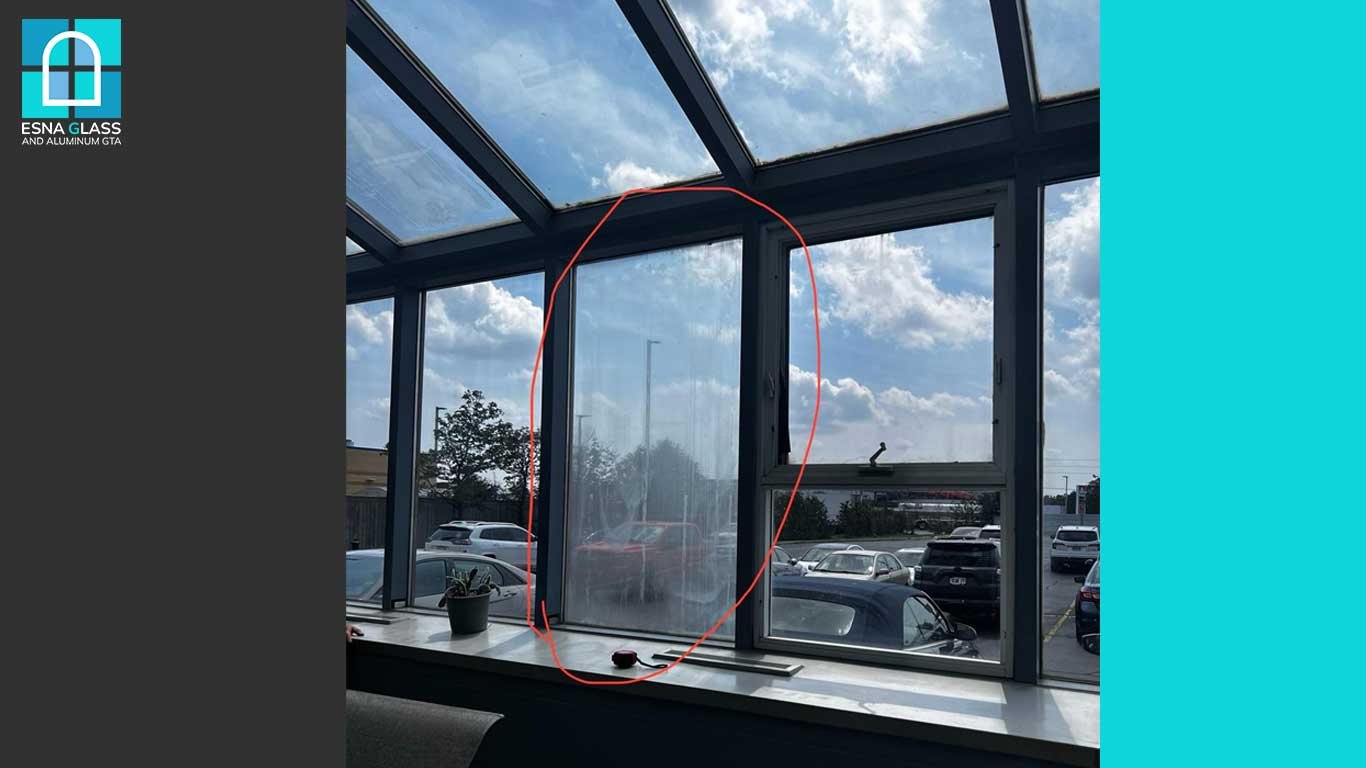Before talking about window defogging, it’s worth understanding IGUs, thermal windows. Basic IGUs or thermal windows consist of two or three panes of glass, in which each pane is filled with air or a heavy, insulating gas such as argon or krypton for better energy efficiency. In IGUs, particularly those filled with heavy insulating gases, create a much better barrier against heat loss.
Now, the question is: what causes foggy windows? This is a common issue when the edges of glass units begin to fail, allowing the insulating gas to escape. What happens next? As you might guess, the outside air comes its own way to enter the space between the glass panes, and, therefore, you’ll have hazy windows.
Depending on the weather conditions, the fogginess may come and go. In summer, the glass is warm, so the moisture inside the IGUs generally doesn’t condense into visible condensation, but during winter, when the moisture touches the cold glass, it condenses into visible water droplets.
No matter how good the quality of your IGUs, they gradually lose their insulating gas. According to research, factors such as temperature and atmospheric pressure fluctuations, wind loads, water and water vapor, and working loads all have an adverse effect on IGU’s life expectancy. By all means, after 15 to 20 years, you shouldn’t be surprised that your thermal windows develop foggy glass.
Now, you probably ask what you should do to solve the issue. Here, we come up with some solutions that may help you fix the problems with the lowest cost possible.
Solution #1: Window fog removal
Before we talk through how to defog windows, it’s worth mentioning that this solution only improves visibility—it doesn’t help improve energy performance.
The first solution is:
- Drill two holes in the glass, one on the inside and one on the outside.
- Then, apply an anti-fog solution inside to clear the glass.
- Afterwards,a liquid sealant is added to the bottom of the glass to help retain the gas for venting.
As mentioned earlier, this solution is only cosmetic and temporary, and probably, after a few years, you’ll have to deal with the issue called “window foggy” again.
The only cost you have to pay is the cost of labor. However, this solution isn’t our recommendation. The best approach to fixing foggy windows is to install a brand-new IGU.

Solution #2 for foggy windows: Replacing IGU if your windows in a good condition.
The best approach for foggy window repair is to install a new IGU if your window is structurally sound and all parts and mechanisms are operating properly. This option is clearly less expensive than installing a new window, and also your new thermal window will have the same positive impact on your heating and cooling costs as it did on the first day you installed it.
Note: If your window wasn't installed properly, you shouldn't expect it to be energy efficient.
Also, anyone can go out and buy a new IGU and install it themselves, but proper installation is critical because poor installation can easily lead to air infiltration or water accumulation. Moreover, there’s always a risk of breaking the glass stop, spacer, or other parts during the installation process. Thanks to all these potential issues, it’s best to ask for expert help.

Solution #3: Replacing the Window
To defog house windows, the most effective approach is to install a brand-new window entirely. However, this solution is more expensive; it offers maximum performance in terms of energy efficiency, better soundproofing, more effective insulation, and tighter seals.
Advice from Cloudy Window Repair Experts
Remember that foggy glass window repairs, such as defogging and IGU replacement, are a compromise solution to extend the life of your windows. Before making any decision, first check the warranty of your IGU, as some of them come with a warranty of 10 to 15 years or more.
If you need expertise in cloudy window repair, don't forget to contact us. At Esna Glass, we offer 24/7 services, and we'll arrive at your location within 30 minutes of your first call.





